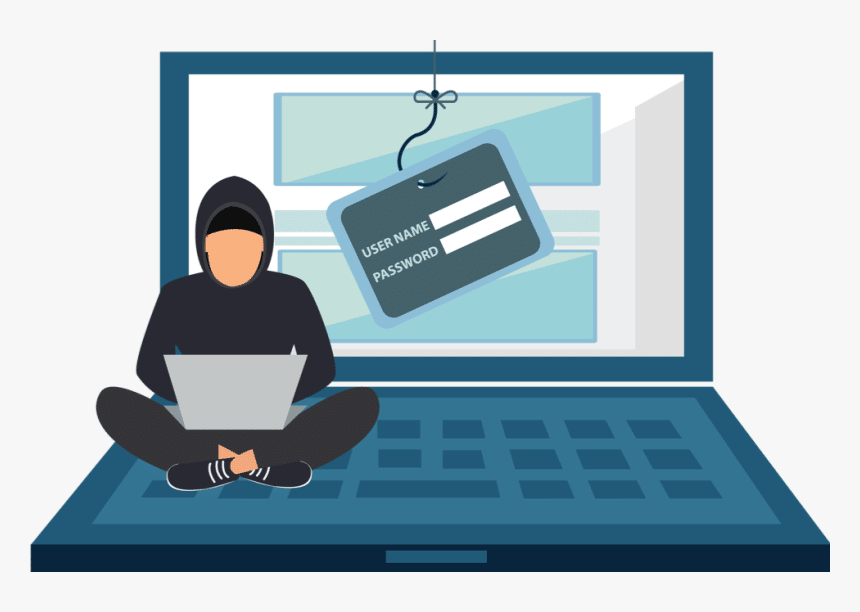What is Phishing?
Phishing is a common online scam where cybercriminals attempt to gain access to sensitive information such as usernames, passwords, and credit card numbers by posing as a legitimate entity. It’s important to remember that phishing scams can take many forms, so it’s essential for all online users to be aware of the potential risks and know how to protect themselves from them. Let’s take a look at what phishing is and how you can protect yourself against it.
What is Phishing?
At its core, phishing is an attempt by cybercriminals to steal sensitive data by posing as a trustworthy source. Generally speaking, these scams will take the form of emails or text messages that appear to be sent from legitimate sources, such as banks or government agencies. These emails will typically prompt the recipient to click on a link or download an attachment that contains malicious software designed to steal personal information.
Phishing scams can also take the form of phone calls or even direct messages on social media platforms. In all cases, the goal is the same—to access personal information so that it can be used for financial gain.
How Can You Protect Yourself Against Phishing?
The best way to protect yourself against phishing scams is simply to be aware of their existence and understand how they work. Be wary of any email, text message, phone call, or social media message that asks for personal information such as bank account details or passwords—legitimate companies will never ask for this information via email or text message. Additionally, if you receive an unsolicited email from someone claiming to be from your bank or another trusted institution with a suspicious-looking link in it, don’t click on it! Instead, open up your browser and manually type in the institution’s URL (e.g., www.examplebank.com) in order to make sure that you are accessing the website directly from its official source instead of clicking on any potentially dangerous links.
Conclusion:
It’s important for everyone who uses the internet regularly—whether they’re shopping online or just checking their emails—to understand what phishing is and how it works so they can stay safe online. By following some simple precautions—such as only clicking on links sent directly from trusted sources and double-checking URLs before entering private information into web forms—it’s possible to minimize your risk of falling victim to a phishing scam while still getting full use of your internet connection without having to worry too much about malicious actors lurking around every corner!
Get in touch
Interested in scheduling a phishing awareness session or a phishing test? Or curious about how to maximize overall security awareness for your company? Then contact us using the form below. We’ll be happy to answer all your questions!

